The Arctic National Wildlife Refuge encompasses 19.6 million acres of mountains, ice fields, and river estuaries along the Arctic Ocean. Polar bears and caribou raise their young here, and birds from all 50 states migrate to this pristine habitat.
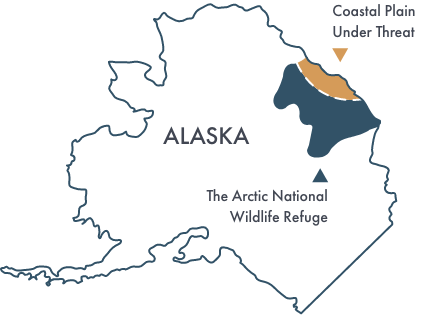
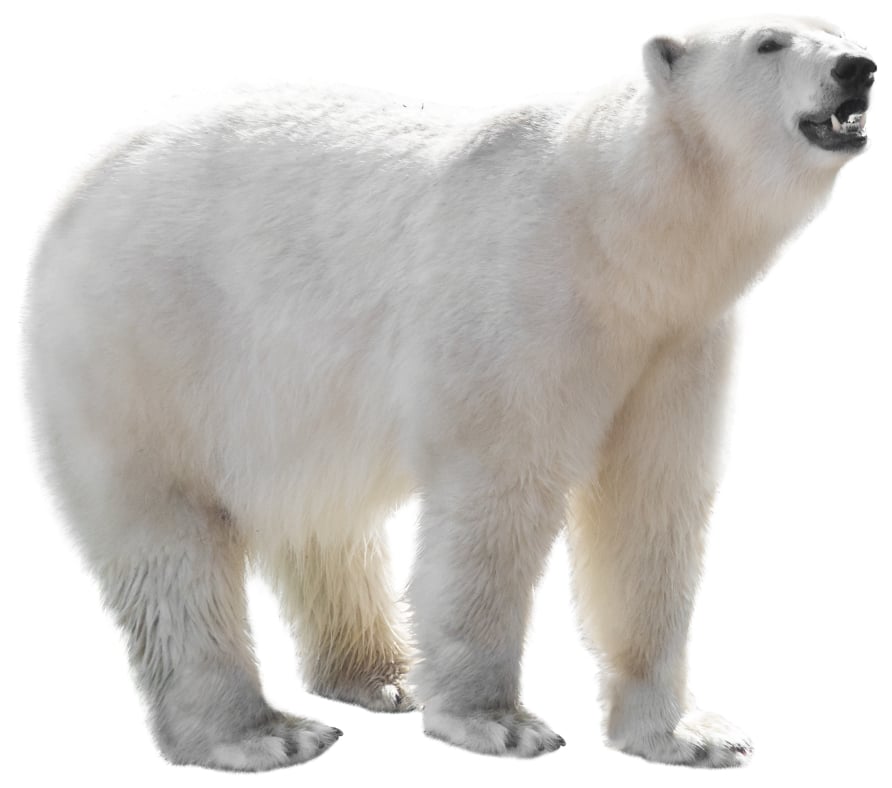
THE THREAT
The Arctic Refuge faces grave threats from energy development that could change it forever.
The Arctic National Wildlife Refuge is traditional Native ground governed as public land that belongs to every American. Although 95% of the north coast of Alaska is already open for drilling, the oil industry seeks to open this last 5% of the coastal plain for development, risking the health of the land, animals, birds, and people who call it home.

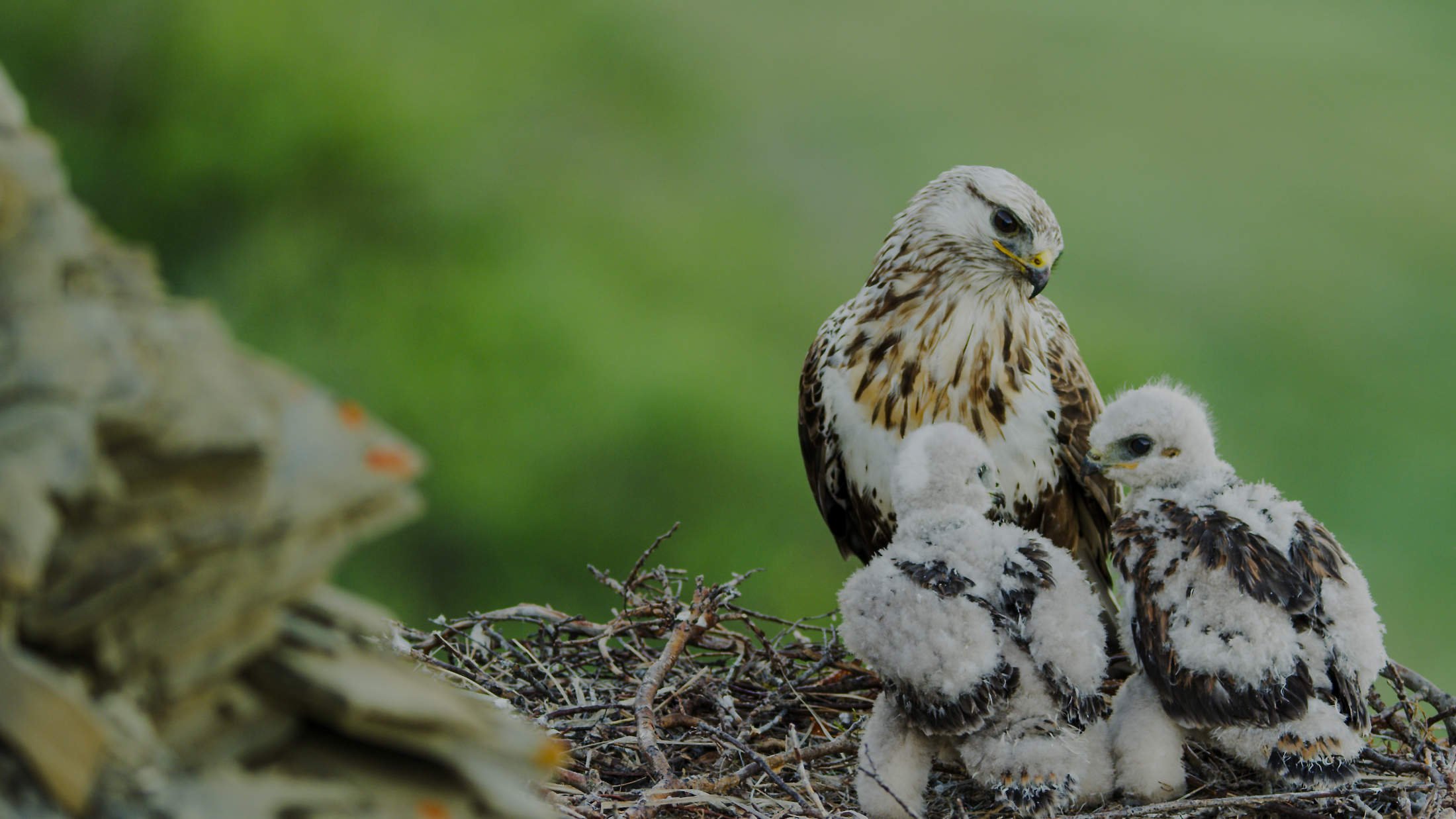
Wildlife
In the far north of Alaska is a place untouched by development, a land so remote that most people will never experience it.
The Arctic National Wildlife Refuge is home to an abundance of life, connected to every state in America through at least one species of migratory bird traveling annually to this designated wilderness. This pristine habitat is home to over 400 species of plants, more than 200 species of birds, 37 land mammals, 8 marine mammals, and 42 species of fish in its 20+ rivers and ocean ecosystems.

Indigenous Peoples
The Gwich’in creation story tells that long ago, Gwich’in and caribou were one. As they separated into two beings, they became relatives and made an agreement.
The land would sustain the caribou, and the caribou would sustain the people. The Gwich’in would keep a piece of the caribou heart within, and the caribou would keep a piece of the Gwich’in heart within, and in that way, their lives and wellbeing would be forever connected.

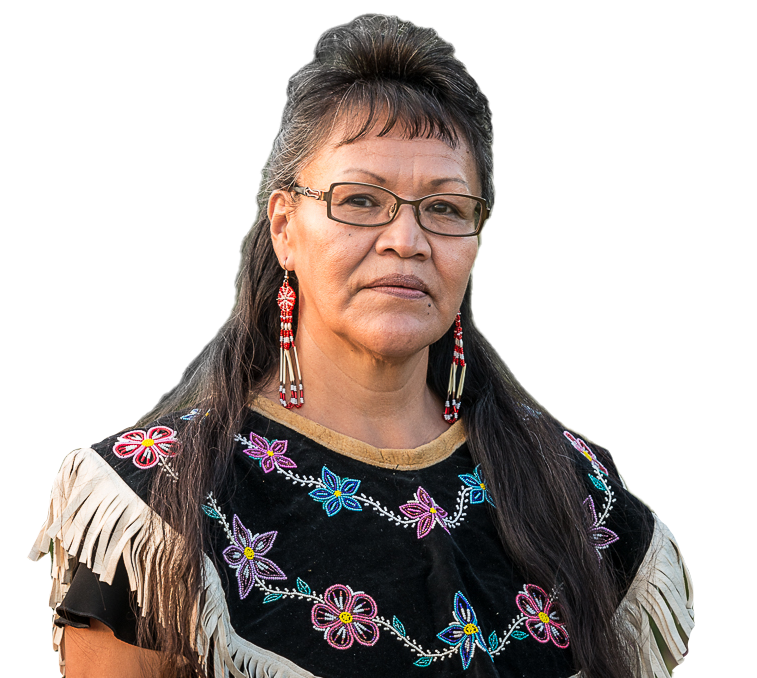
Environmental Importance
The Refuge is one of the largest preservation areas in the world, containing the greatest diversity of plant and animal life in the circumpolar north.
It serves as a natural carbon reserve, helping to cool the planet. The Arctic is warming at twice the rate of the rest of the planet, with thawing permafrost releasing carbon and methane trapped in the ground into the atmosphere. The battle for the Arctic Refuge has gone on for decades and become symbolic of tensions between corporate exploitation and the environmental movement.


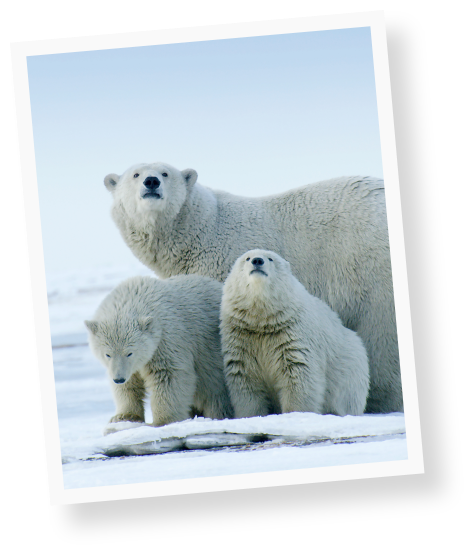
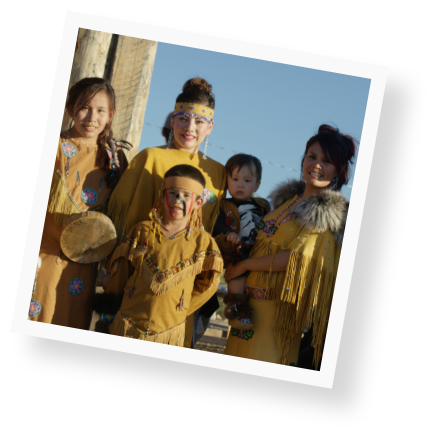
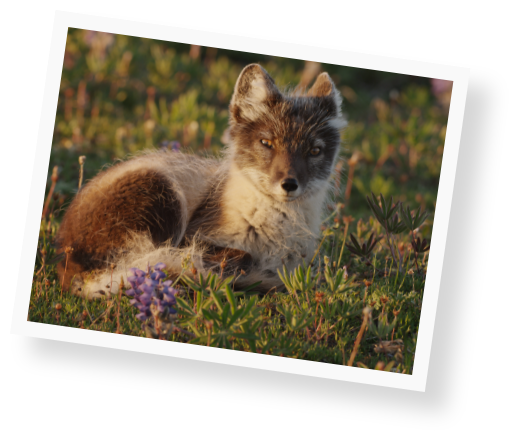
History
For tens of thousands of years, indigenous caribou hunting cultures have existed on these lands. Today, they are still home to the Gwich’in and Inupiat peoples.
Protecting the Arctic Refuge has long been a bipartisan effort. In 1960, The Arctic Refuge was designated the Arctic National Wildlife Range by Republican President Dwight D. Eisenhower for the “purpose of preserving unique wildlife, wilderness and recreational values.”

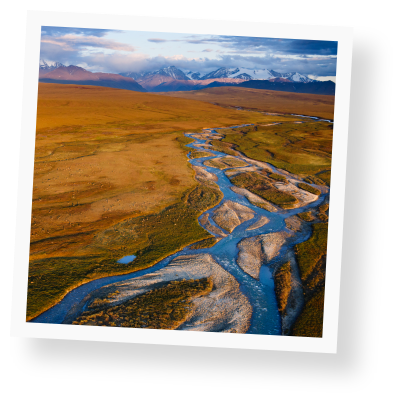
our last great
wilderness





